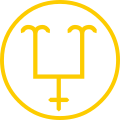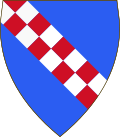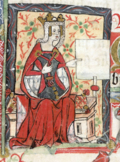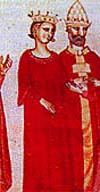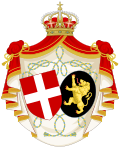This article needs additional citations for verification .(May 2021) |

Queen of Italy (regina Italiae in Latin and regina d'Italia in Italian) is a title adopted by many spouses of the rulers of the Italian peninsula after the fall of the Roman Empire. The details of where and how the ruling kings ruled are in the article about them. The elective dignity of Roman Emperor was restricted to males only; therefore, there was never an Italian Queen regnant, though women such as Adelaide of Italy and Theophanu and Maria Theresa of Austria, who controlled the power of ruling, ruled as de facto Queens Regnant.
Contents
- Queen consorts of Italy, under Odoacer
- Ostrogothic Queen consorts of Italy
- Lombardic Queen consorts of Italy
- Queen consorts of Italy
- Carolingian dynasty, (774–887)
- Unruoching dynasty, (887–924)
- Widonid dynasty, (889–896)
- Carolingian Dynasty, (896–899)
- Bosonid dynasty, (900–905)
- Elder Welf dynasty, (922–926)
- Bosonid dynasty, (926–950)
- Anscarid dynasty, (950–963)
- Ottonian dynasty, (951–1002)
- Anscarid dynasty, (1002–1014)
- Ottonian dynasty, (1004–1024)
- Salian dynasty, (1026–1125)
- House of Supplinburg, (1128–1137)
- House of Hohenstaufen, (1154–1197)
- House of Welf, (1208–1215)
- House of Hohenstaufen, (1212–1250)
- House of Luxembourg, (1308–1313)
- House of Wittelsbach, (1327–1347)
- House of Luxembourg, (1355–1437)
- House of Habsburg, (1437–1745)
- House of Bonaparte, (1805–1814)
- House of Savoy, (1861–1946)
- See also
- Notes












